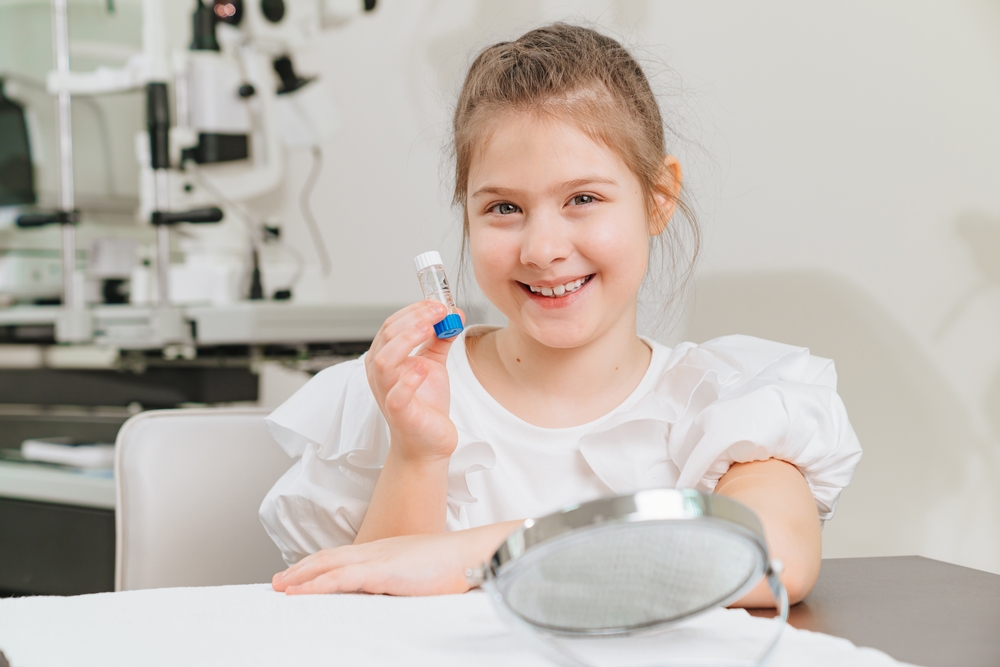How is Myopia Managed In Kids?

How is Myopia Managed In Kids?
Myopia typically develops in childhood, often starting as early as 6-8 years old. It is a progressive condition, meaning it can worsen over time if left unmanaged. Understanding the symptoms and taking proactive steps to manage myopia is crucial for ensuring your child's visual development and overall eye health.
What is Myopia?
Myopia, also known as nearsightedness, is a common refractive error that affects the vision of children. As your child's eyes grow, the eyeball can become elongated, causing light to focus in front of the retina instead of directly on it. This results in blurred distant vision, making it difficult for them to see clearly beyond a certain range.
What are the Symptoms of Myopia in Children?
The primary symptom of myopia in children is blurred distant vision. Your child may squint or struggle to see the whiteboard, television, or other objects across the room. They may also experience headaches, eye strain, or fatigue after prolonged close-up work, such as reading or using digital devices. Other signs of myopia in kids include:
· Frequent eye rubbing or blinking
· Sitting too close to the TV or holding books/devices very close to their face
· Difficulty seeing during activities like sports or outdoor play
If you notice any of these symptoms in your child, it's important to schedule an eye exam with an optometrist. Early detection and proper management of myopia can help prevent it from progressing and potentially causing more serious vision problems later in life.
What is Myopia Management?
Myopia management refers to a proactive approach to controlling the progression of nearsightedness in children. The goal of myopia management is to slow down or even halt the elongation of the eyeball, which is the primary cause of worsening myopia. By implementing effective techniques, you can help your child maintain a stable refractive error and potentially reduce the risk of developing high myopia, which is associated with an increased risk of sight-threatening conditions like retinal detachment, glaucoma, and macular degeneration.
How is Myopia Managed in Kids?
One of the most promising myopia management options for children is Orthokeratology (Ortho-K) lenses. Ortho-K lenses are a type of rigid, gas-permeable contact lens that are worn overnight and removed during the day. Ortho-K lenses work by gently reshaping the cornea, the clear front part of the eye, while you sleep. This temporary reshaping of the cornea allows light to focus correctly on the retina, improving distant vision without the need for daytime corrective lenses.
Taking a Proactive Approach to Managing Myopia in Kids
Myopia is a common and often progressive condition that can significantly impact your child's vision and eye health. By understanding the symptoms of myopia and exploring effective management strategies like Ortho-K lenses, you can take a proactive approach to ensuring your child's visual development and overall well-being.
To learn more about managing myopia in your child, contact University Optometric Center. We can provide a comprehensive evaluation and discuss the best treatment options to meet your child's unique needs. Visit our office in Irvine or Newport Beach, California. Please call (949) 216-8900 or (949) 476-2870 to book an appointment today.










